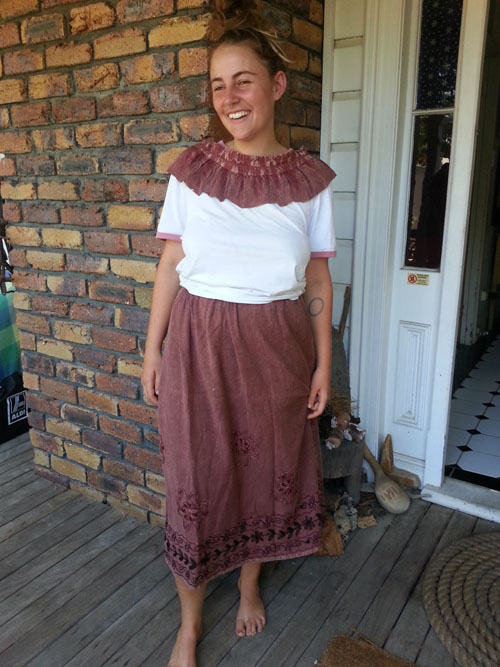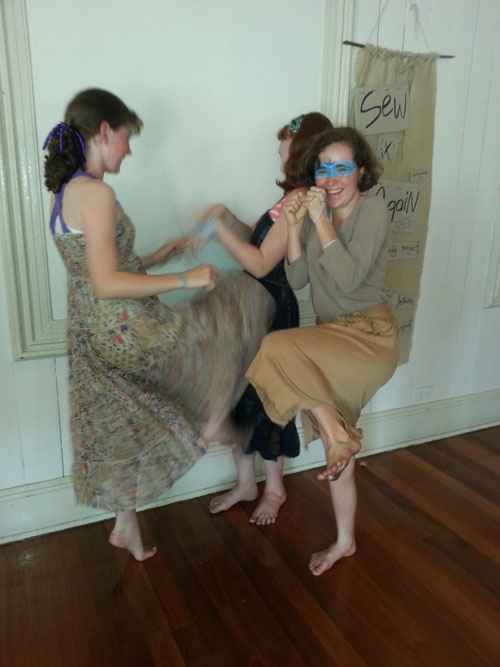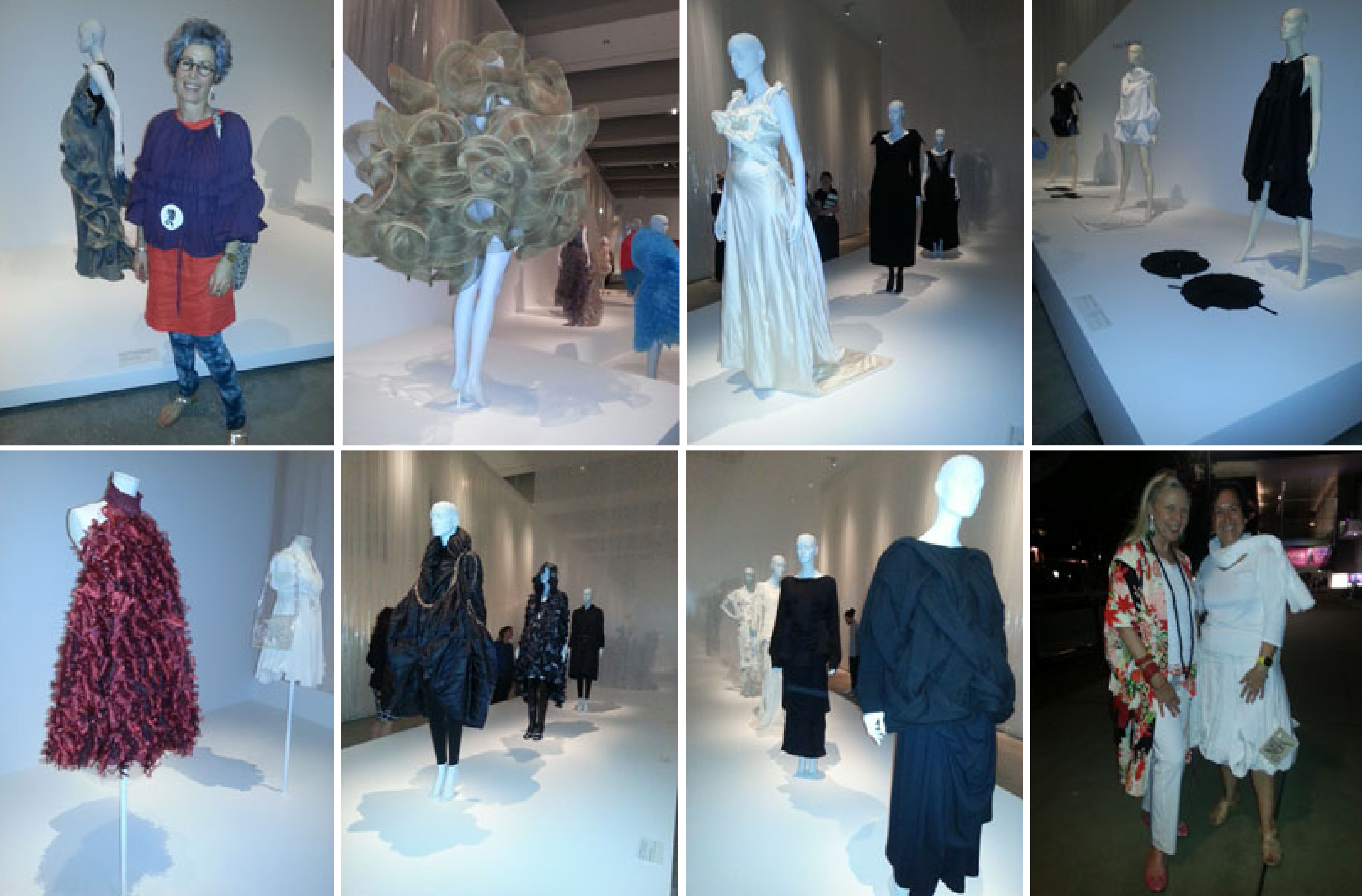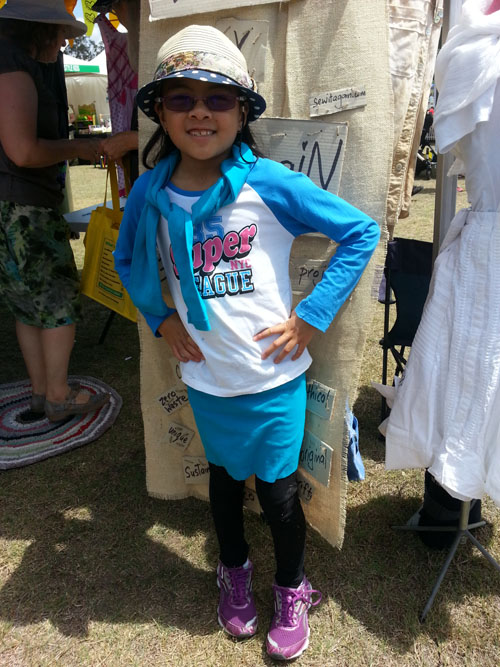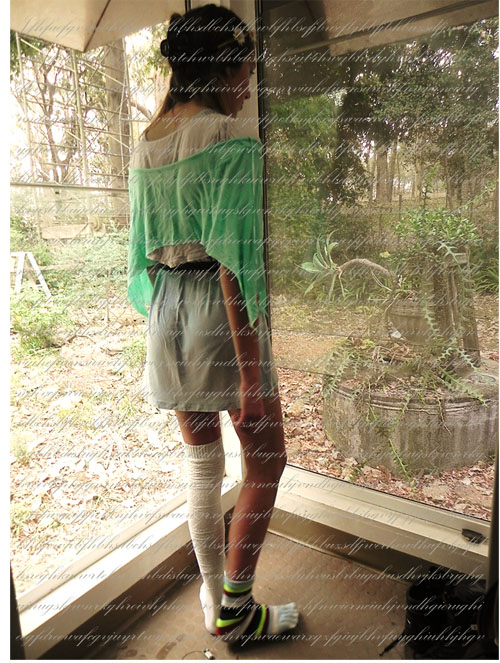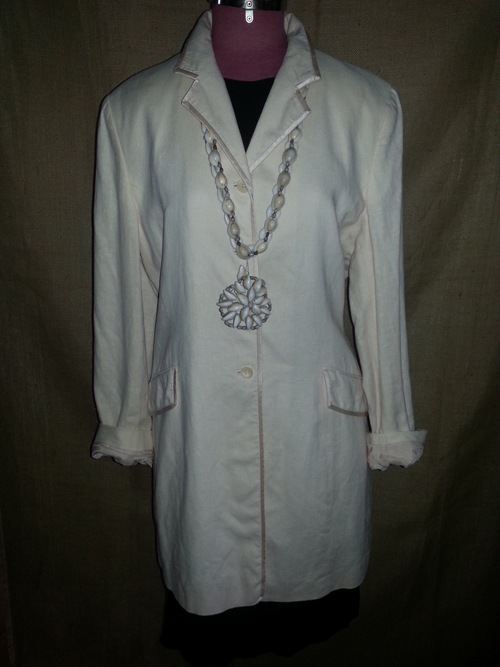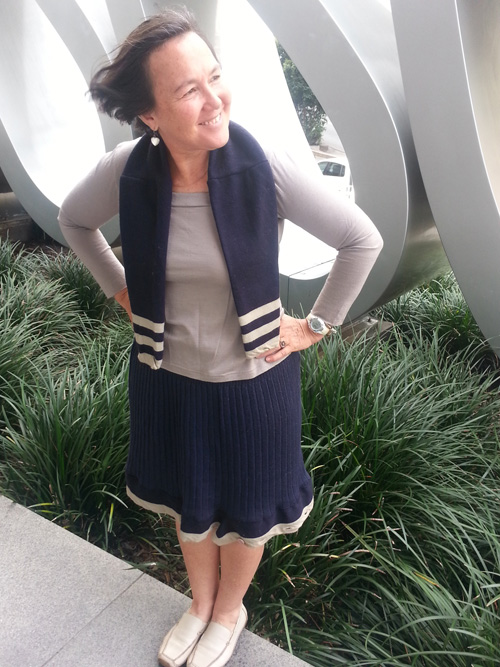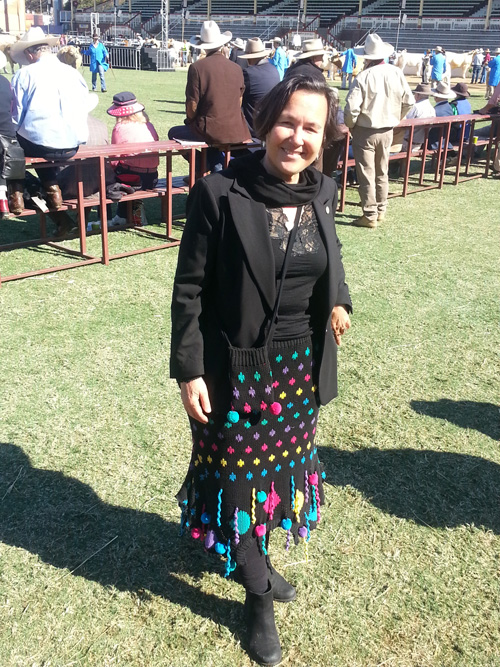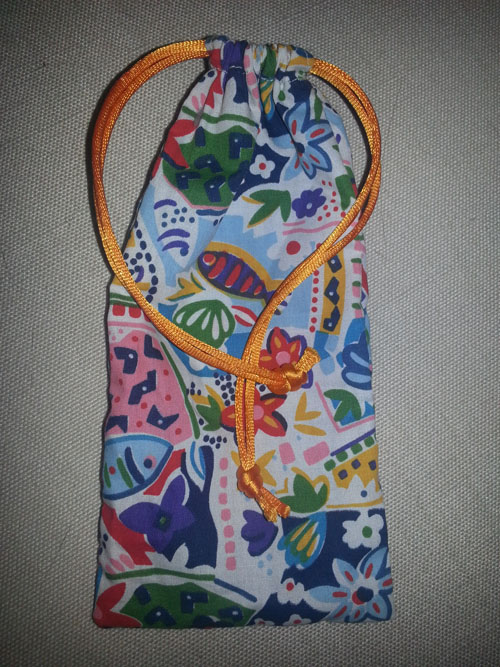 The sewing adventure of today was being inducted into using sewing machines at the State Library’s Fabrications Laboratory in what is a fabulous facility known as The Edge. Here’s my glasses case, right, made with guidance from Emma Constance.
The sewing adventure of today was being inducted into using sewing machines at the State Library’s Fabrications Laboratory in what is a fabulous facility known as The Edge. Here’s my glasses case, right, made with guidance from Emma Constance.
After being inducted, one is then eligible to use the machines (solid old Berninas) when the lab is open for bookings during several free sessions each week. It is a maker space, or as the website says: “The Fabrication Lab, in The Edge basement, is a creative space with a host of resources for you to bring your creative visions to life.” Fabulous initiative which helps extend opportunities to sew, which is a life-skill just like home cooking.
In a collaboration with QUT, the Fabrication Lab is also home to a Kombucha experiment growing sustainable clothing by adding bacteria and yeast to sweet tea which then ferments to form a flexible curd on its surface that is moulded into garments and bags, see photos below. Continue reading
